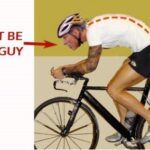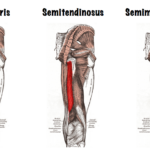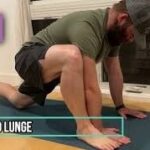The shoulder is the most mobile, and one of the most complex joints in the human body. The glenohumeral joint (where the head of the humerus articulates with the glenoid fossa of the scapula) is the only point at which bones make contact; everything else is a balance of tension in the muscles connecting the arm to the trunk. And we use those muscles more and more in our everyday existence: few modern jobs or even recreations don’t require significant input from the arms (and thus the shoulder joint). The rotator cuff is a huge part of those activites. It is well-known as a source of discomfort and an area prone to injury, but one generally does not hear much detail about what’s actually involved.
The rotator cuff is comprised of four muscles: infraspinatus, supraspinatus, teres minor, and subscapularis. Each serves to rotate the shoulder joint in a particular plane. Where the shoulder hurts or feels tight, and what actions activate that sensation, can be great clues as to what’s creating the issue. That’s only a jumping-off point: what to do about the situation can be a complex problem, depending on its origins and severity. It may be possible to work the issue out by stretching tight muscles and strengthening weak elements of the system with home techniques. A massage therapist can often help accelerate the process, and provide stimulus the client can’t on his or her own. Doctors (including physical therapists and orthopedists) are often able to go into more detail and offer other treatment options. But everything (at least, as far as the rotator cuff’s concerned) comes back to those four muscles.
Two of the four, infraspinatus and teres minor, have the same major function: lateral (external) rotation of the shoulder (for an example of such, look to the shoulder movement in the backhand stroke for tennis and other racquet sports). To find infraspinatus, feel for a ridge of bone running from the medial (closer to the spine and center of the body) edge of the shoulder blade horizontally out to the point of the shoulder. This is the spine of the scapula; infraspinatus is just below and extends the rest of the way down the scapula. Teres minor is more difficult: it runs from the angle at the bottom of the scapula up through the axillary (armpit) space, but is covered for the most part by larger muscles such as infraspinatus and latissimus dorsi as they too cross the axillary space to attach to the humerus. One factor that can help determine if teres minor is the culprit in shoulder pain is a secondary function: it also acts to adduct humerus, to bring a raised arm back to position close to the side of the body.
Subscapularis performs the opposite action: it is one of the major medial (internal) rotators of the shoulder. As such, it’s involved with any motion that turns the arm to work in front of the body. Office workers and others who spend much of their day typing, handling items on a desk, and similar often have issue with subscapularis. And it’s difficult to access, occupying the space on the opposite face of the scapula from infraspinatus.
The last muscle of the rotator cuff, supraspinatus, moves in an entirely different plane from the other three. Supraspinatus is responsible for the first 15° of abduction (lifting the arm straight up from the side of the body, as would be done elbowing someone directly beside you), at which point other muscles (mostly deltoid) take over. This tends to make identification of problems easier: if it’s difficult or painful to raise your arm away from your body for the first short distance, and then becomes much easier, supraspinatus is likely at fault.
This article and/or video are for educational purposes only; do not attempt without your physician’s clearance. If you are in pain or injured, see your physician.
Copyright © Vidal Sports LLC 2018






